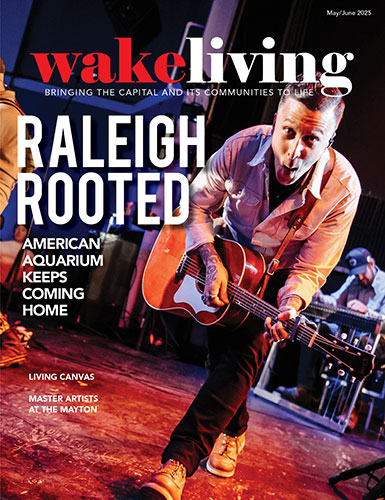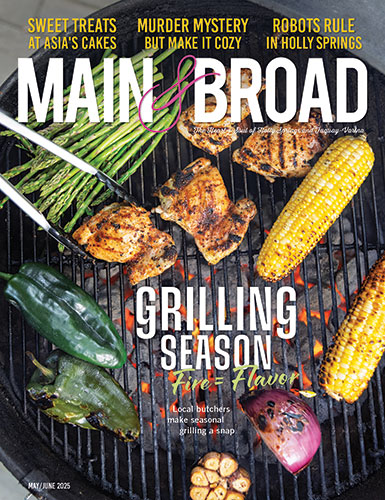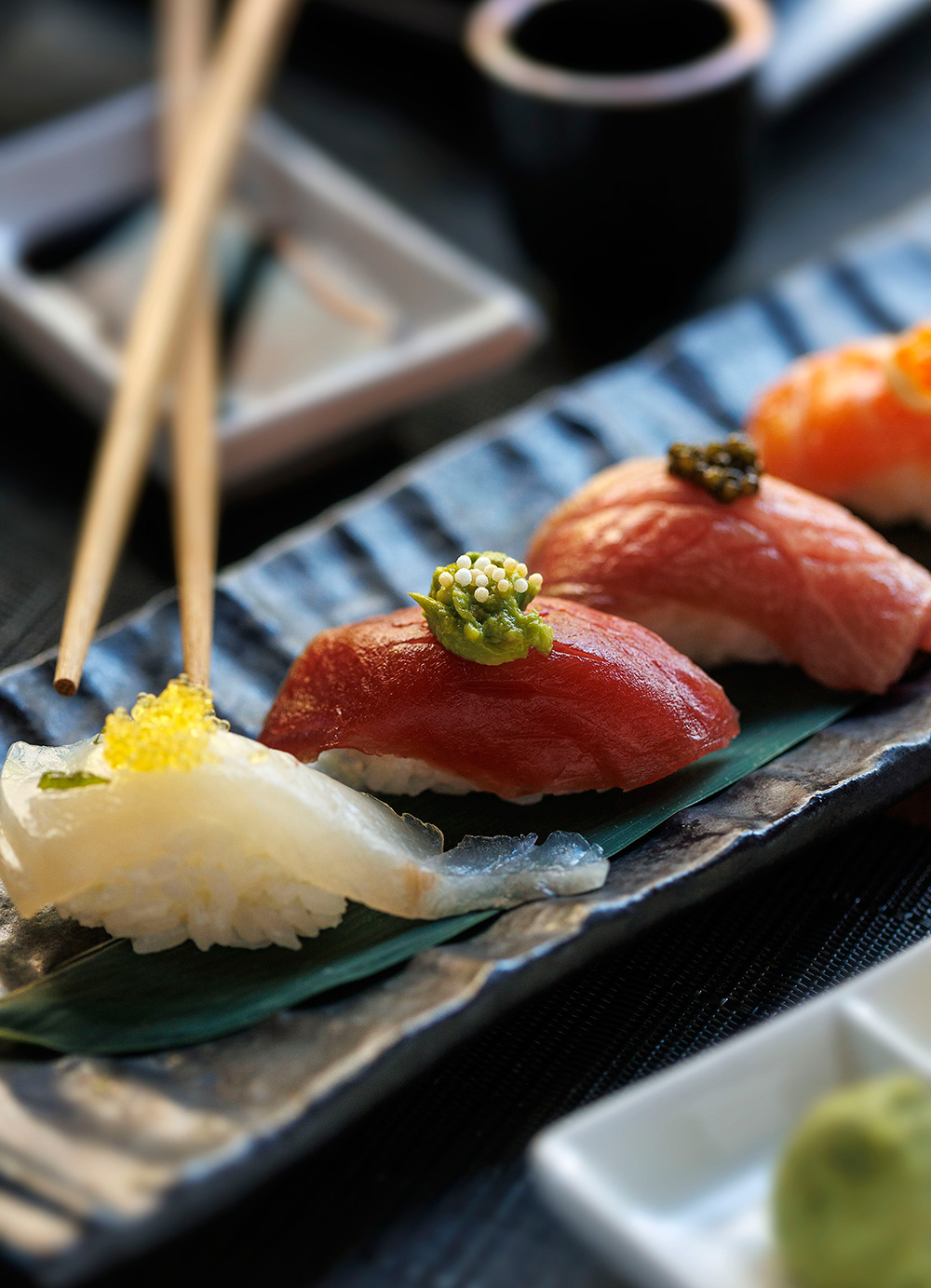
A selection of nigiri at O-Ku.
Sushi is far from the exotic food it once was considered, with everywhere from small-town grocery stores to airports usually offering some of the basics. And then there are the ubiquitous sushi restaurants with buy-one-get-one deals on things like salmon and cream cheese or spicy tuna rolls.
But if we’re being honest, a lot of that is just OK sushi. The truly fabulous stuff, the nigiri and rolls featured in hit films like Jiro Dreams of Sushi or tracked like a celebrity’s wardrobe on online sushi forums (yes, they exist) — that kind of sushi can take years, even decades to master.
Wake Living reached out to three renowned Raleigh sushi restaurants, O-Ku, Waraji, and Sono, to figure out the secret behind dreamy sushi, speaking with their chefs in an attempt to crack the code to serving supremely delicious sushi.
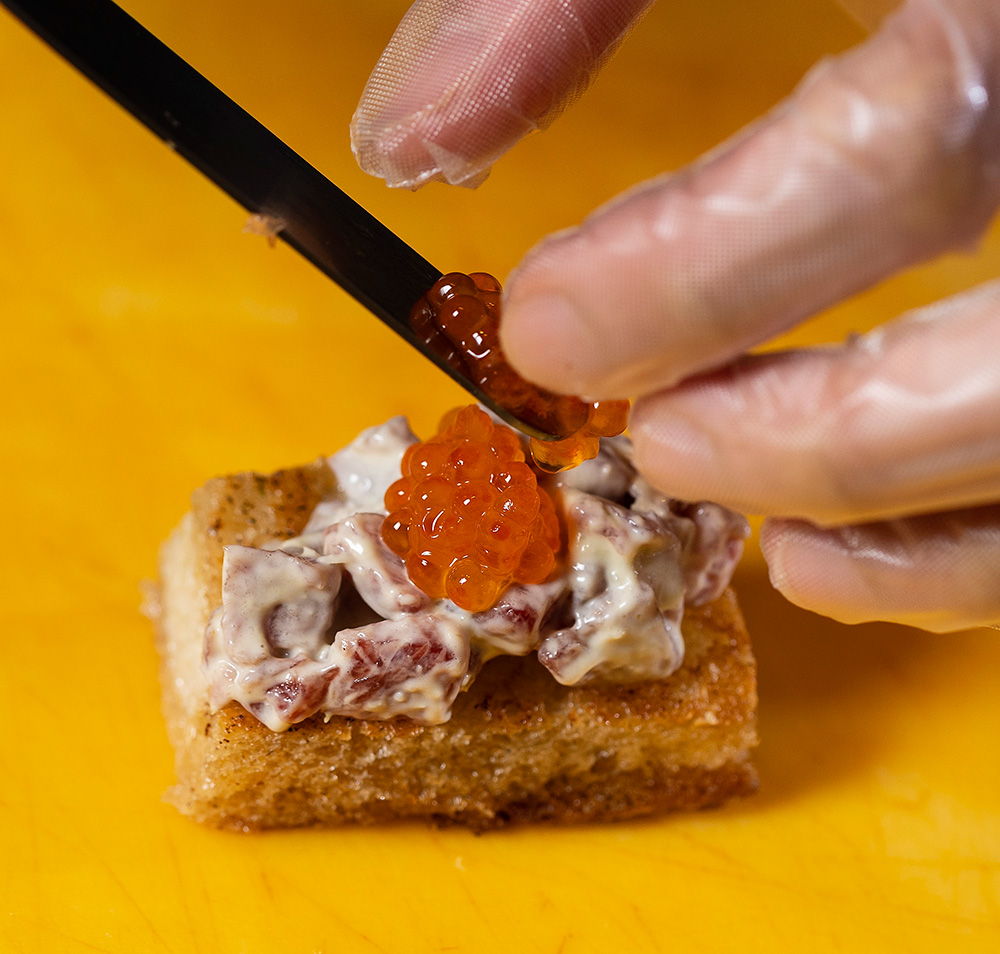
Wagyu toast with salmon caviar at O-Ku.
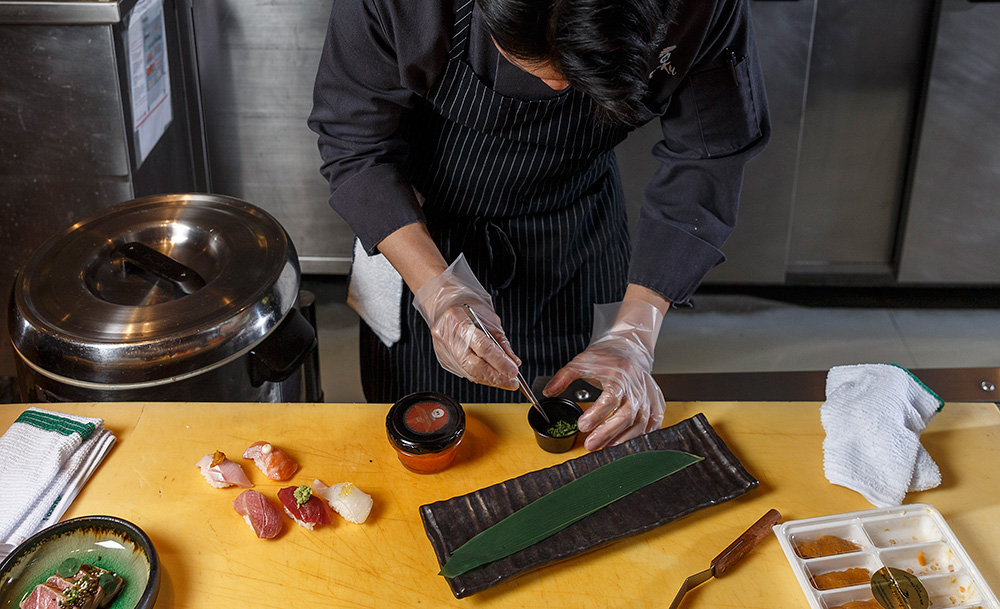
Preparation begins on a plate of nigiri.
On its face, the secret doesn’t seem too complicated. Each chef that we spoke with emphasized two key elements. First, use only fresh, high-quality ingredients. Second, train, train, train.
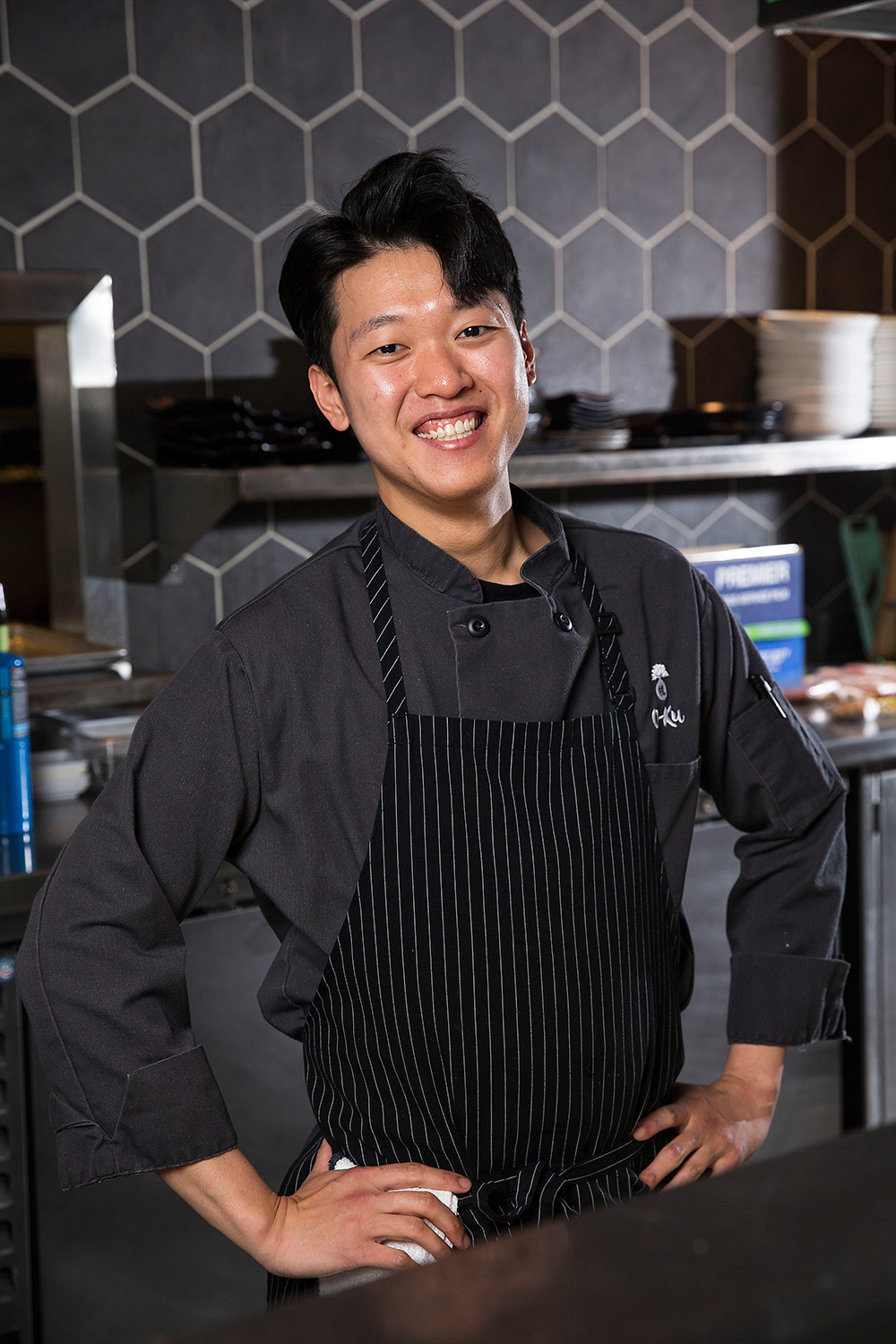
O-Ku chef Dy Yoo
And this is where the story gets a little more complicated, because while with good ingredients and the right amount of training it would seem that anyone could make sushi, what these chefs describe is far more complex than that.
“It’s really important to focus on quality,” said Chef Hyun-Woo Kim of Sono. He notes that he orders his fish every single day in order to ensure that it is as fresh as can be, and he uses all of that fish that night if possible. One day it might be the tuna that is freshest, the next it might be a gorgeous salmon that his fishmonger has available.
At O-Ku, Chef Dy Yoo and his team operate similarly, bringing in fresh fish daily to offer guests things like a recent nigiri of yellowtail belly with uni and Japanese chives.
Chef Masatoshi Tsujimura started Waraji more than two decades ago, and his focus on quality has never wavered. Chef Masa, as his longtime customers and friends call him, just retired, and has passed the reins to Chef Masaru Setsuraku, who trained under him for three years and continues that dedication to quality.
“Sushi seems very simple,” said Chef Setsuraku, noting that to the casual observer it would just seem to be fish and rice. “But simple is really, really hard.” No amount of skill and training can turn bad fish and subpar rice into great sushi.
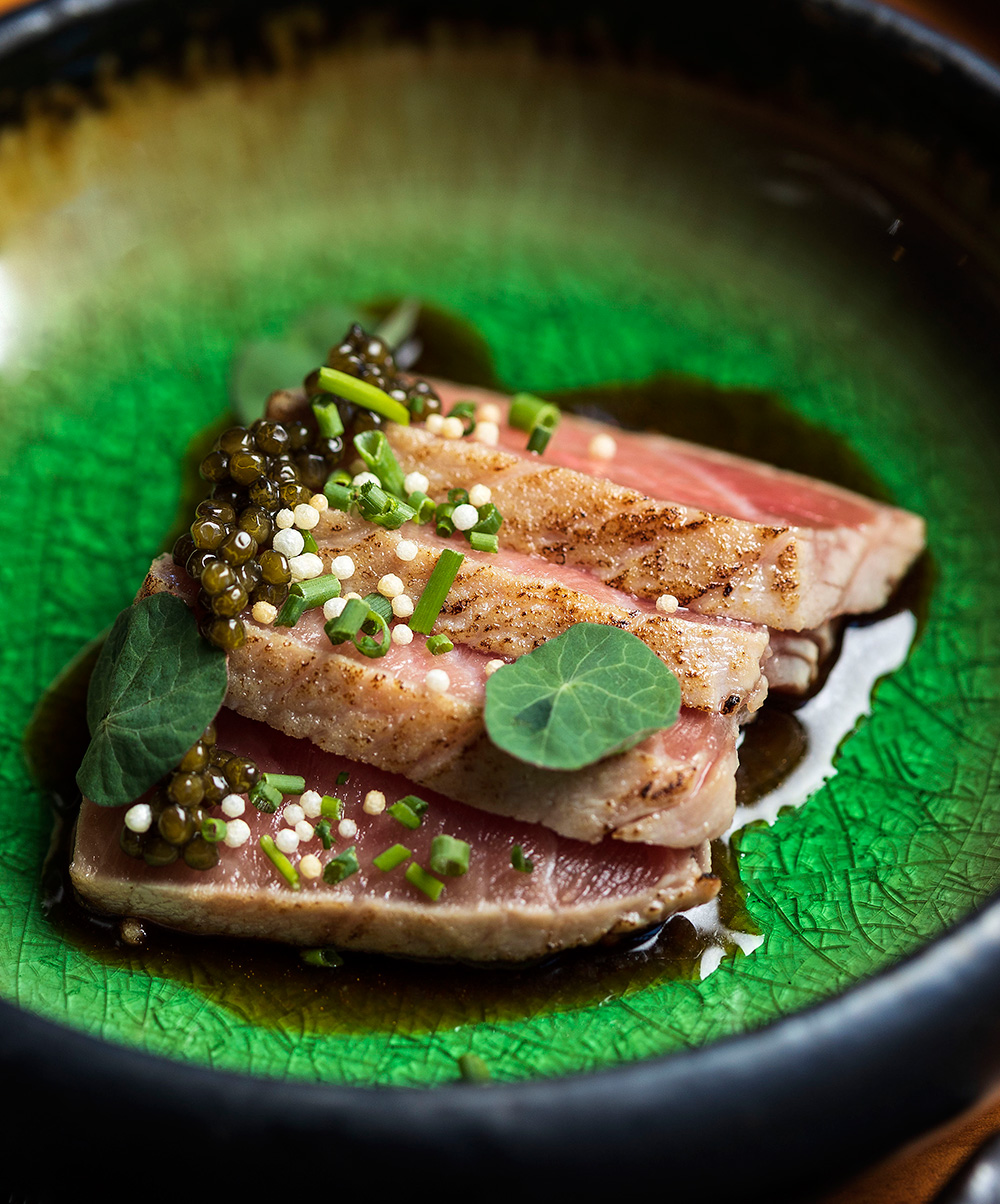
Otoro with kaluga caviar, spicy ponzu, chives, and arare (rice puffs) at O-Ku.
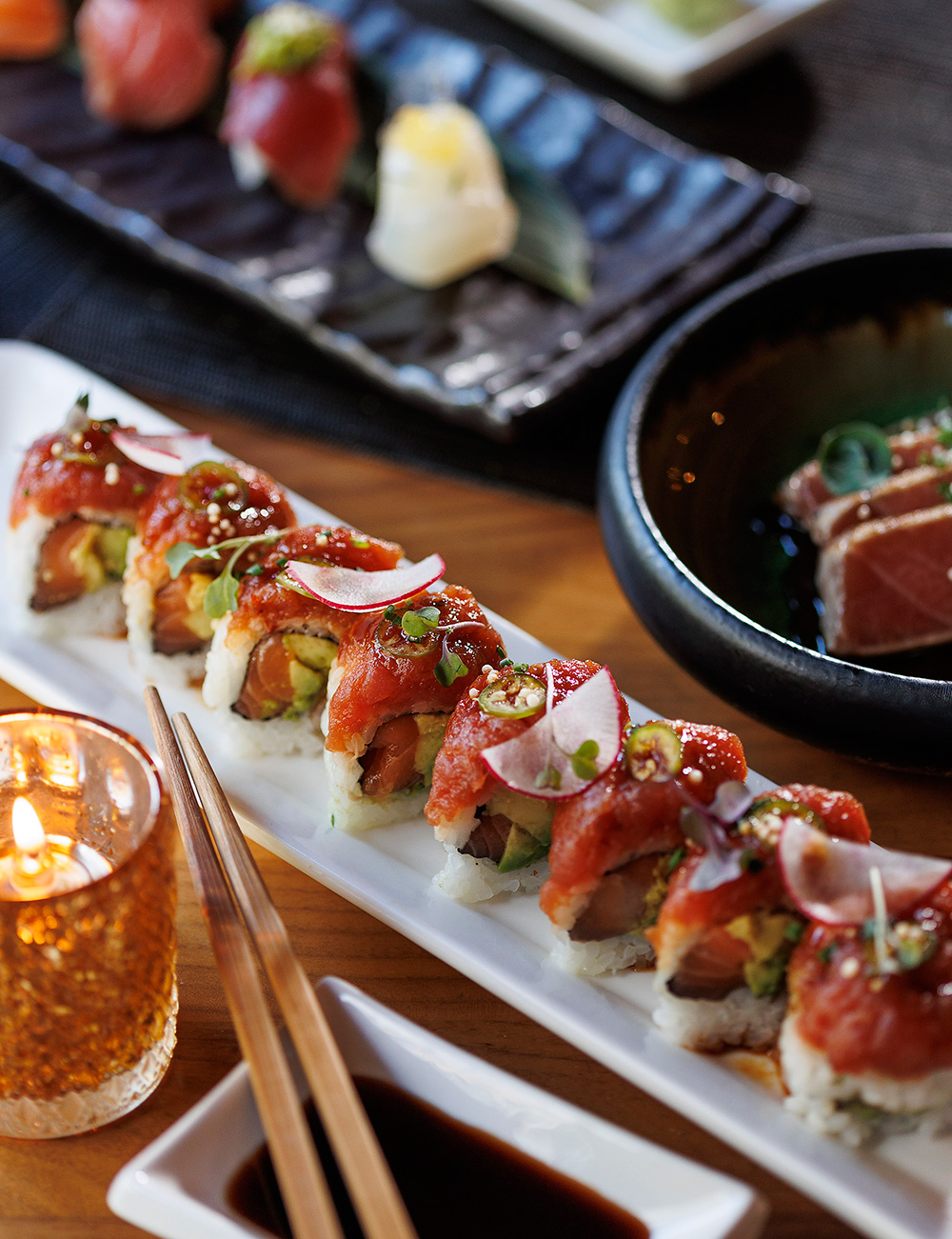
Angry salmon roll at O-Ku.
It’s in the training that these chefs have found their love for making sushi grow and evolve, for good ingredients must be treated with respect. It can take decades for a chef to be considered a sushi master, and even then most of the chefs we spoke with are hesitant to use that term to describe themselves. “I’m not a sushi master yet,” Chef Setsuraku insisted. “I am always learning.” He got his start making sushi as a college student in Yokohama, Japan, in the late 1980s and has been working in Japanese restaurants since moving to the United States shortly afterward.
“Every day I try to improve from the day before,” he continued.
O-Ku’s Chef Yoo would agree. “I do not believe I am a sushi master at all,” he said. “I think I will always be a sushi student that is constantly learning to be a better sushi chef.”
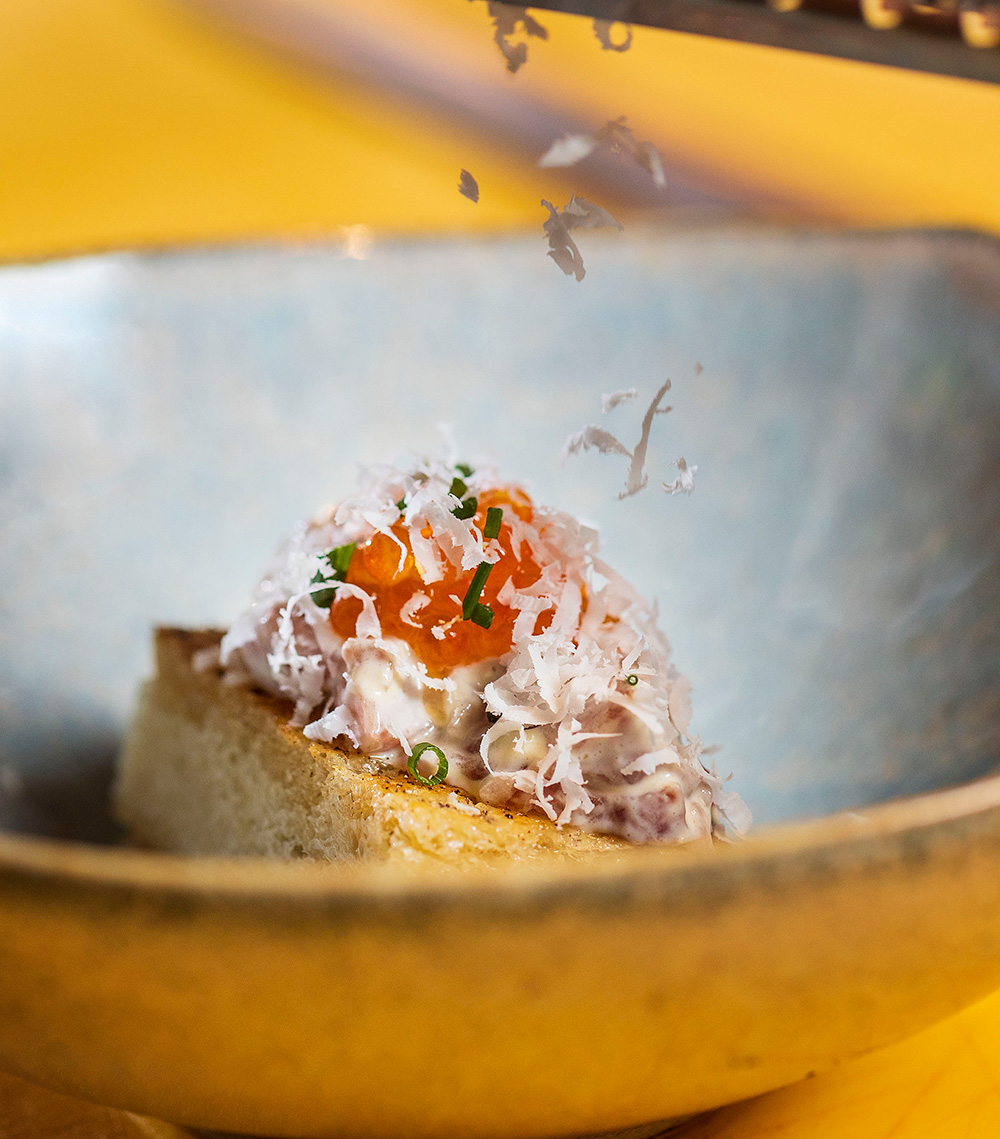
Freshly shaved aged parmesan tops wagyu toast at O-Ku.
Chef Kim started working in sushi restaurants as an 18-year-old living in Seoul, South Korea. In his mind, what differentiates sushi masters from other chefs is the intensity of the training and focus on perfecting each part of a piece of sushi. “The training is longer,” he noted. “You start with rice, and it can take three to four years” of training before someone moves on to the next part of the process.
That training and attention to detail touches on every part of a piece of sushi, from how the rice is made to how the fish is sliced.
“How each fish is broken down and each piece is sliced is very important,” insisted Chef Yoo. “If the slice is too thin, it doesn’t do the fish justice. If the slice is too thick, it can be chewy and just too much for guests.”
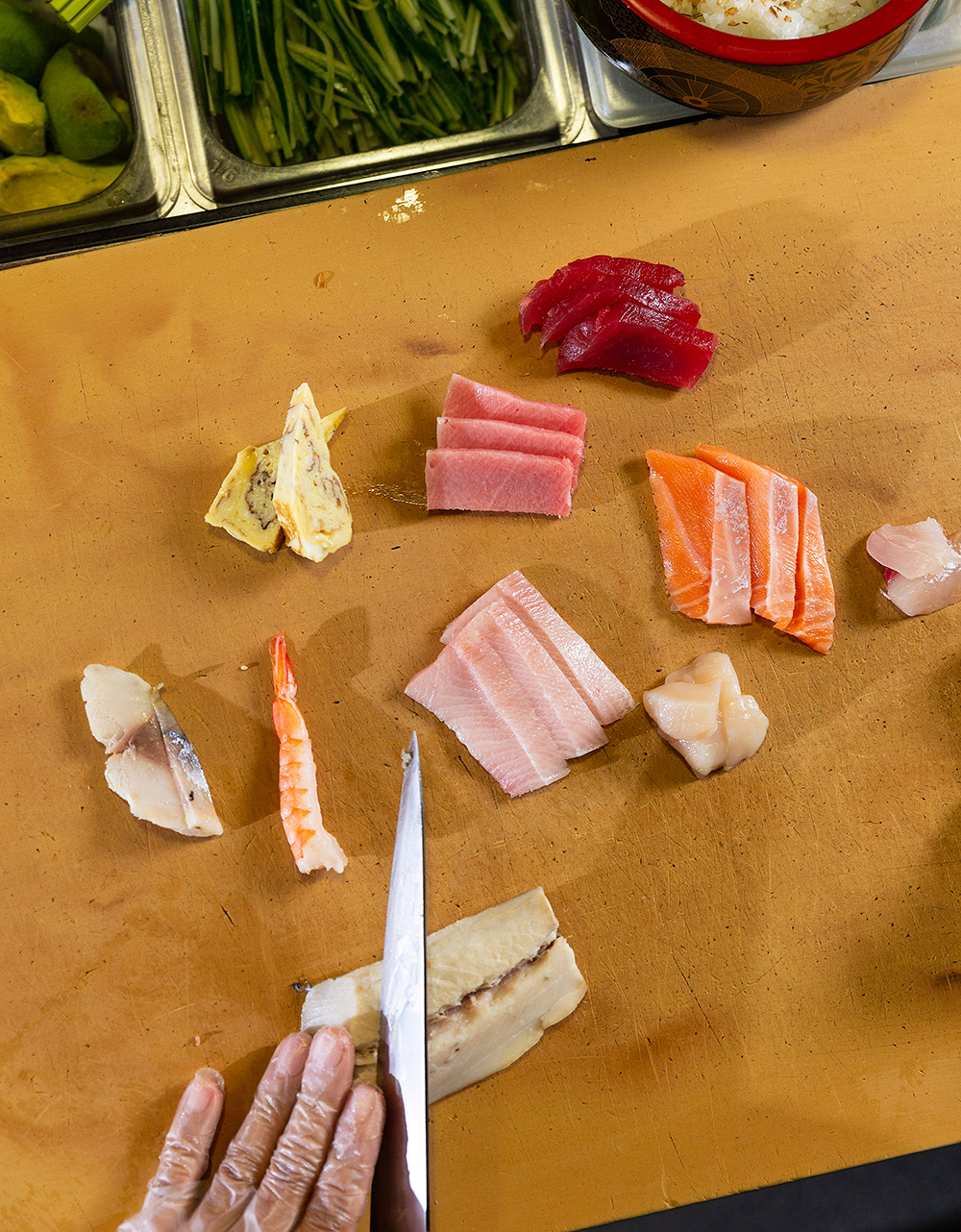
Chirashi bowl preparation at Sono.
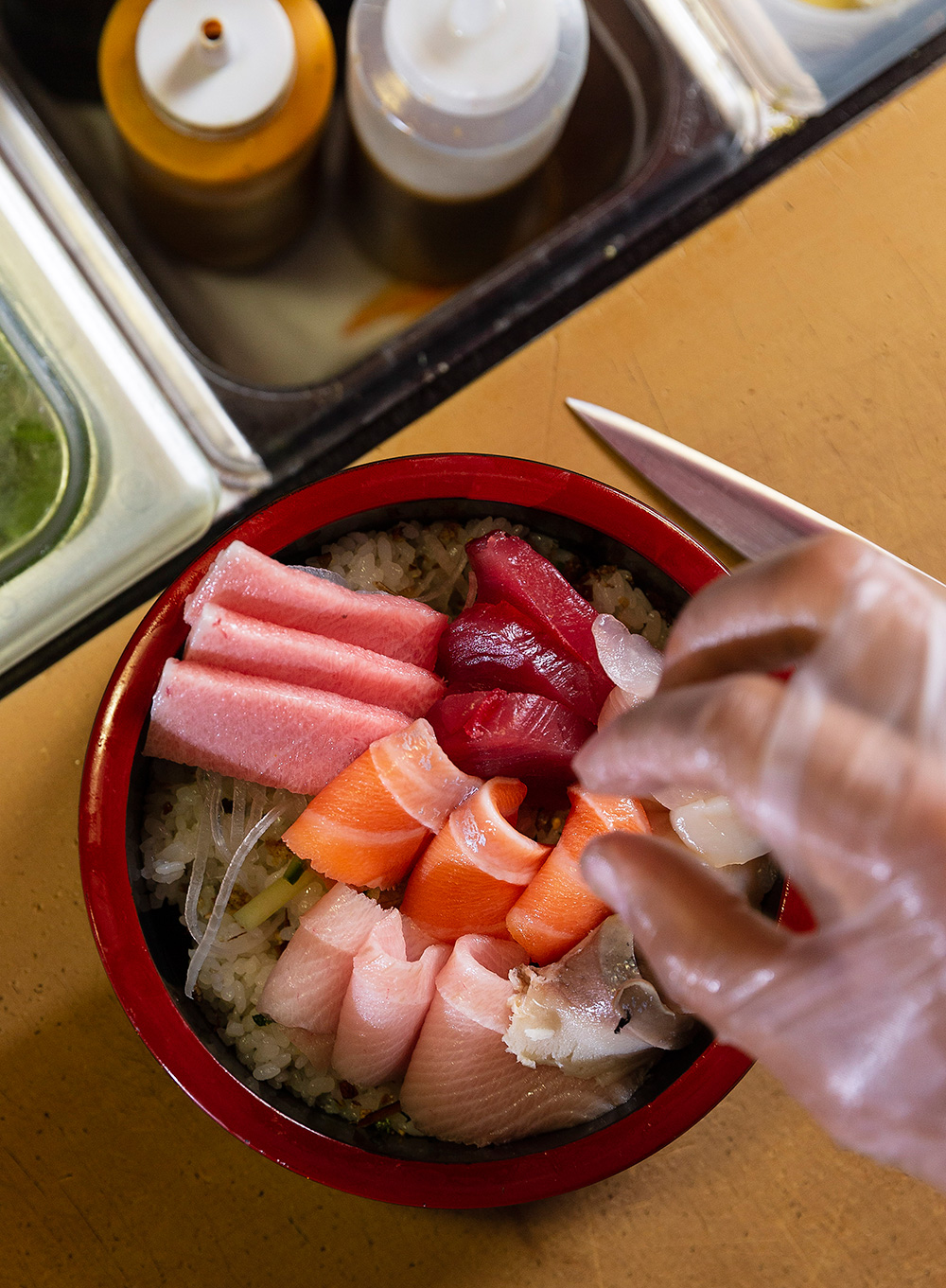
Chef Kim creates Sono’s chirashi bowl.
To achieve those paper-thin slices of a fresh-caught hamachi, sushi chefs use a single-beveled Japanese-style knife, as opposed to a Western-style chef ’s knife with a double-beveled edge.
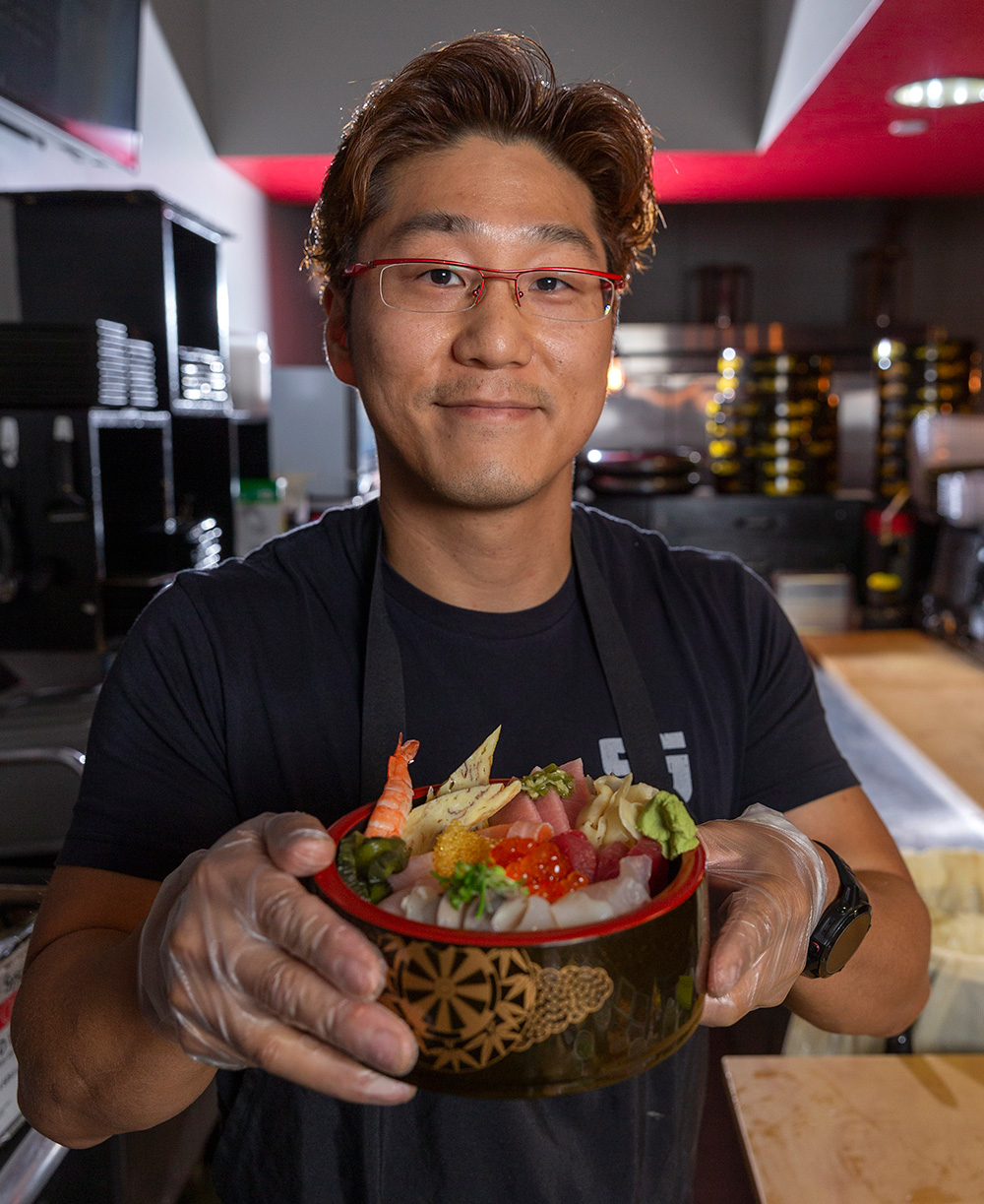
Sono chef Hyun-Woo Kim.
“We don’t do like a saw,” said Chef Setsuraku, mimicking the back-and-forth sawing motion some might use to cut through meat. “If you do that, the meat’s fiber is broken, so a Japanese knife [allows] you to slice it at one time.”
Chef Setsuraku also notes that most sushi chefs use more than one style of knife, while a more classically European-trained chef might just utilize a chef ’s knife for everything from deboning a chicken to mincing herbs.
All of those elements, from sourcing the freshest, highest-quality ingredients to using the proper tools, join with those years, or even decades, of training to turn out the picture-perfect pieces of nigiri and sushi rolls that these three restaurants serve their guests each night.
And it’s perhaps that part — the focus on the guests, the experience, the hospitality — that all of the chefs we spoke with would say is the true mark of a sushi master.
“Our hope is [that the] guest feels happy from beginning to end and walks away feeling it was amazing,” said Chef Yoo. He points to his staff as being a key component of the guest experience.
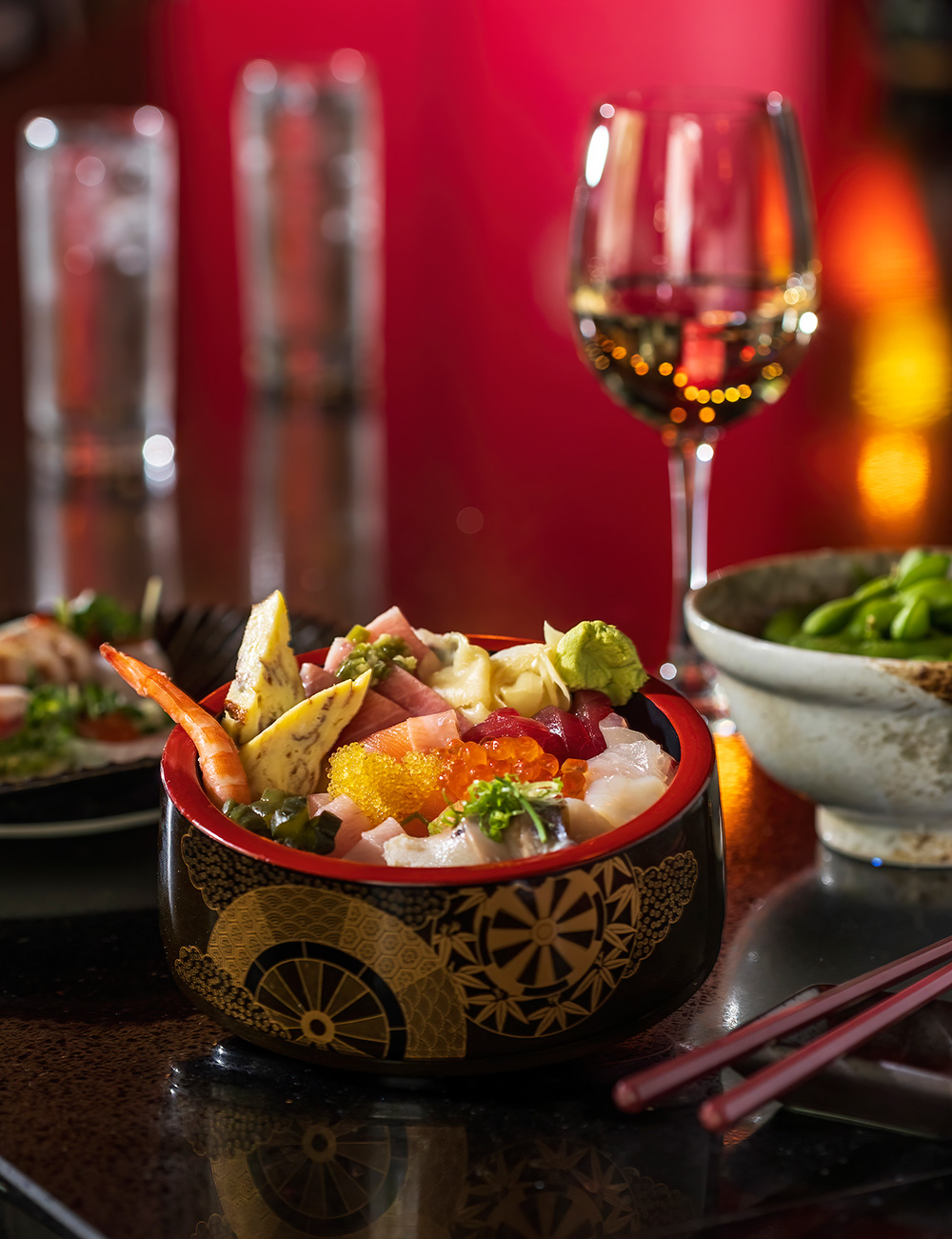
An artful presentation of Sono’s chirashi bowl, filled with big eye tuna, Norwegian salmon, Japanese yellowtail, shrimp, egg, and more over sushi rice.
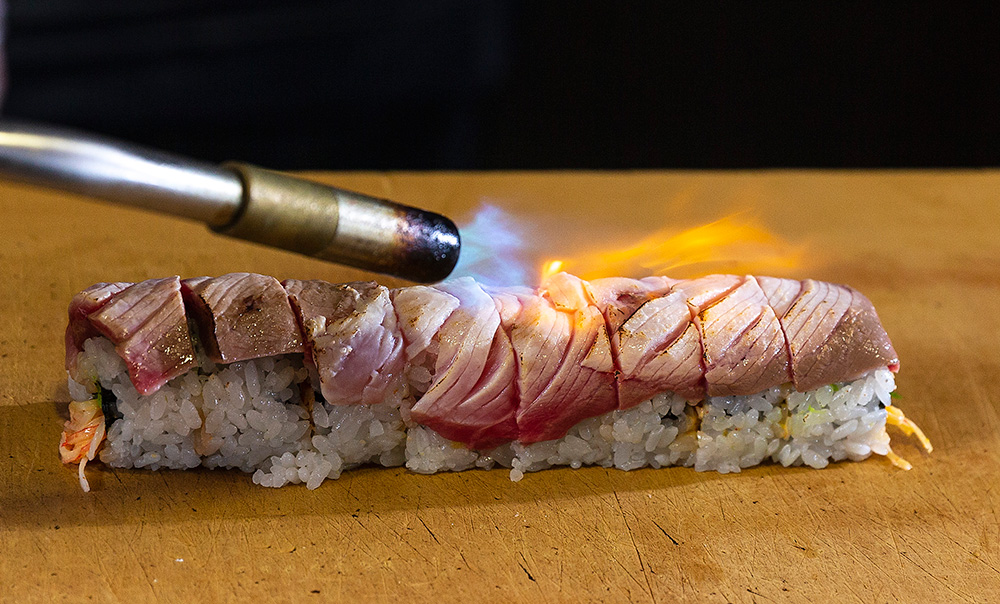
A blowtorch lightly sears Sono’s yellowtail and jalapeno roll.
“I think what makes our sushi bar stand out is definitely our staff,” he said. “They are not order takers, but more moment makers. We always want to make sure that each and every guest has an amazing experience with us.”
That dedication to the guest experiences means sometimes hewing away from traditional sushi to incorporate new trends, flavors, and ingredients.
“In the United States, there’s … a lot of different cultures,” pointed out Chef Setsuraku, noting that here, sushi chefs have the freedom to incorporate different flavor profiles or techniques, like adding a sauce to a sushi roll, something that would be unheard of in Japan.
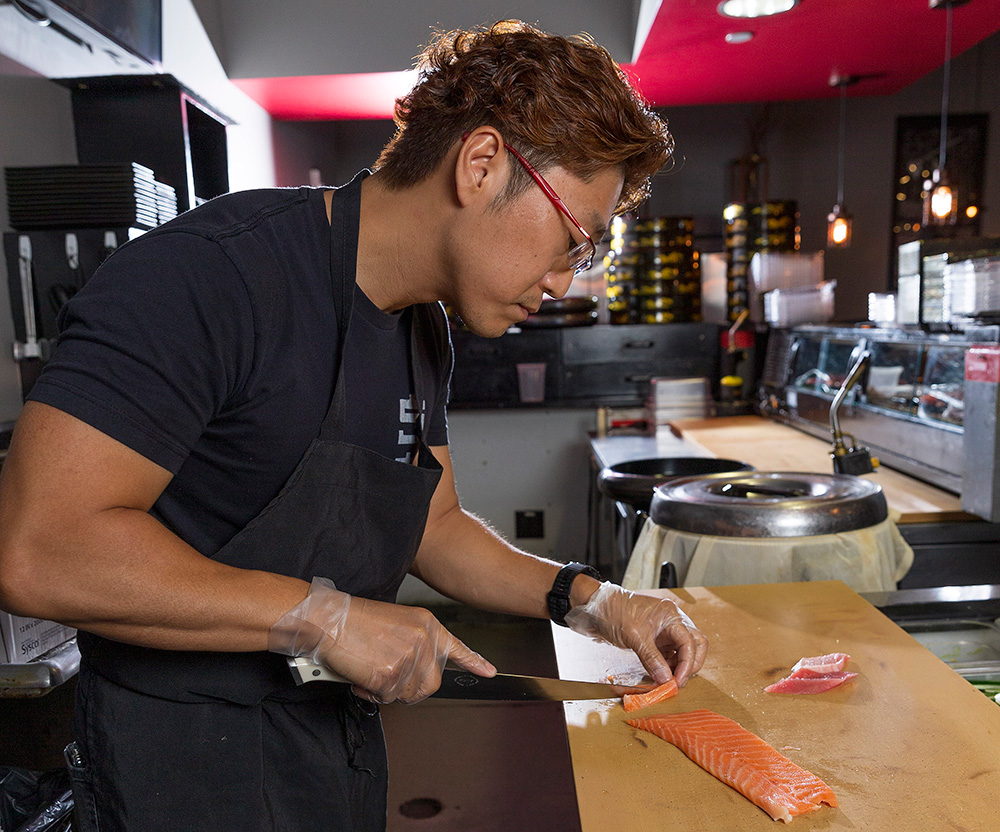
Chef Kim displays master knife skills while slicing a perfect piece of salmon sashimi at Sono.
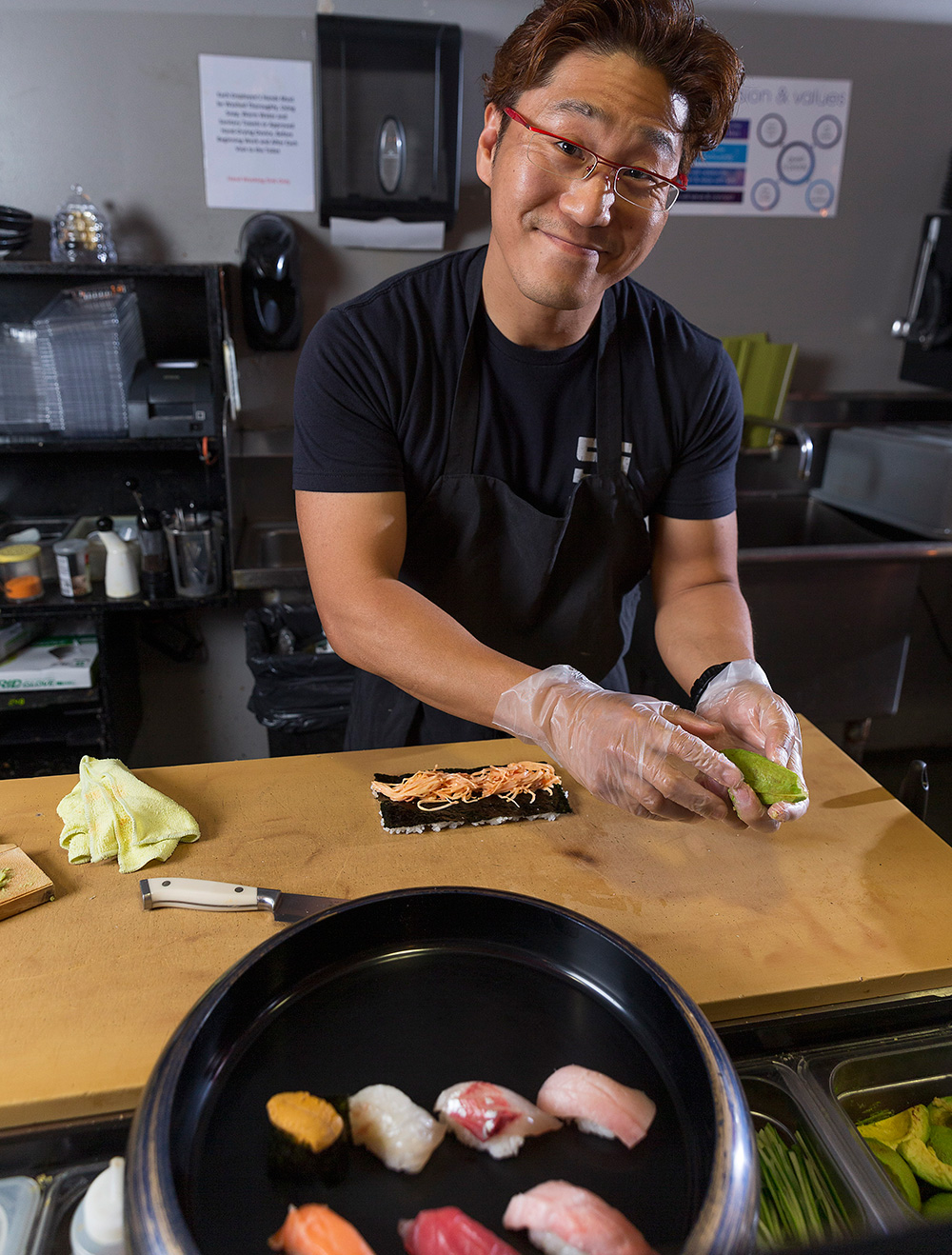
Chef Kim adds wasabi, freshly made with a shark fin grinder.
He points to the Hinata roll on Waraji’s menu as an example of one of those fusion rolls. Bluefin tuna, salmon, cucumber, and cream cheese are formed into a sort of reverse roll and then topped with more bluefin, masago roe, avocado, a spicy mayonnaise, sprouts, and eel sauce.
Or there are the various fried rolls, popular especially in a state known for Calabash-style fried seafood, fried shrimp rolls, and crispy-fried soft shell crab.
“Fried rolls are not sushi,” noted Chef Kim, laughing. “But if a guest loves that, I want to give them the best.”
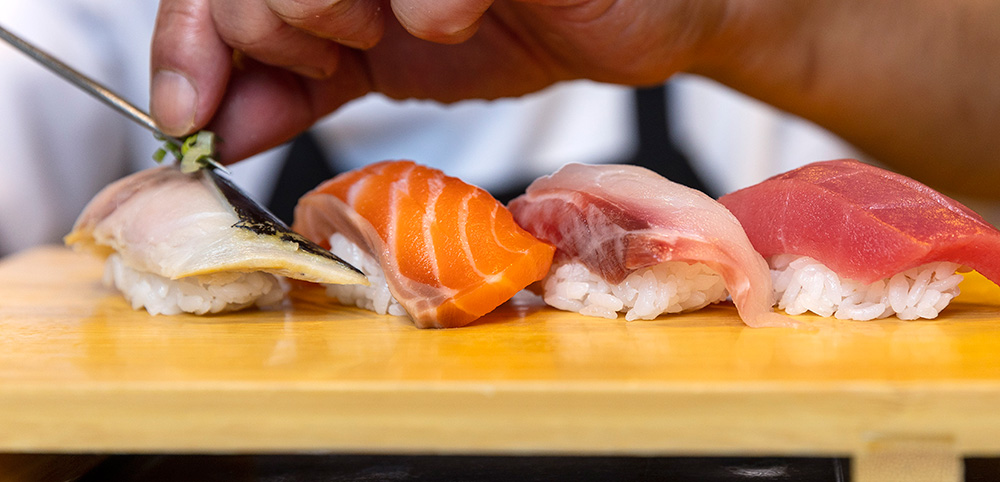
A simple, yet beautiful, plate of nigiri at Waraji.
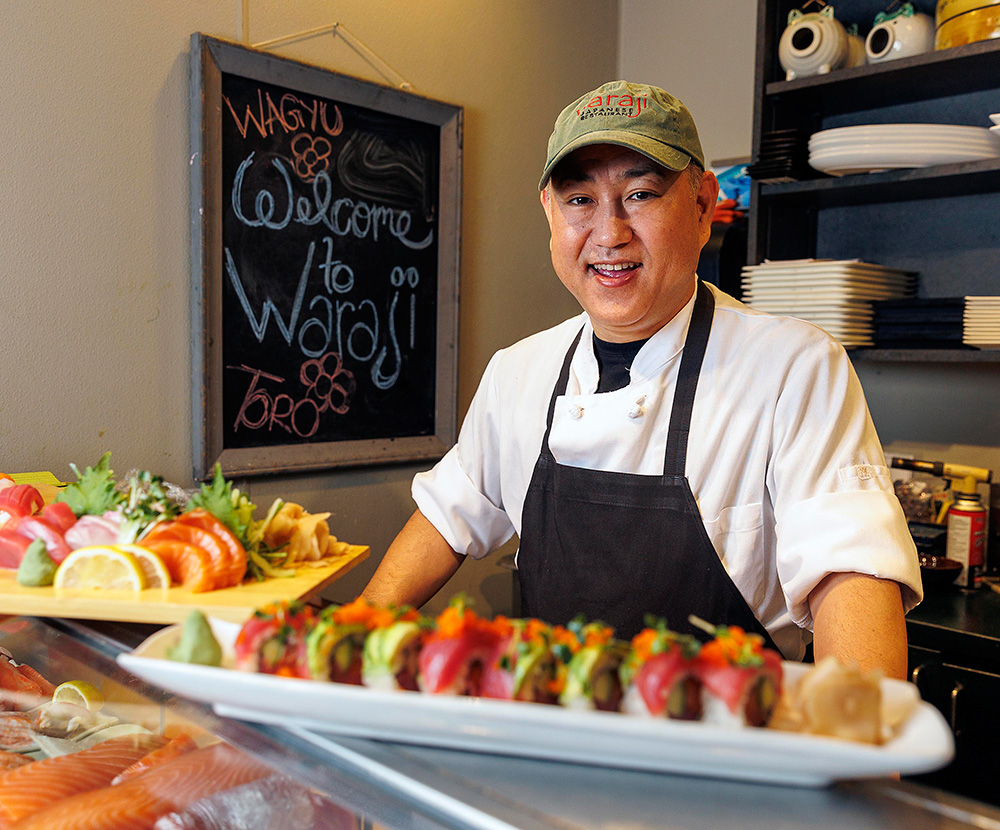
Waraji chef Masaru Setsuraku
Waraji owner Reuben Rodillas, who purchased the restaurant from Chef Masa last year and says the focus on top-tier food and hospitality that Chef Masa and his team became known for will not be changing, also touches on the importance of a standout dining experience for those who come through the doors.
“We want [guests] to be wowed,” Rodillas said, “not just with the quality of the fish that we use, but how it’s cut, how it’s presented, and the [whole] experience.”
Decades of training. The best ingredients that can be found. Laser-like focus on technique and a willingness to constantly learn and improve. These are the qualities a sushi master musters in the quest to provide guests with some of those unforgettable moments. At O-Ku, Waraji, and Sono, the chefs continue to hone their skills, and with a few nods to modernity, continue to put some of the best sushi in North Carolina onto plates night after night.
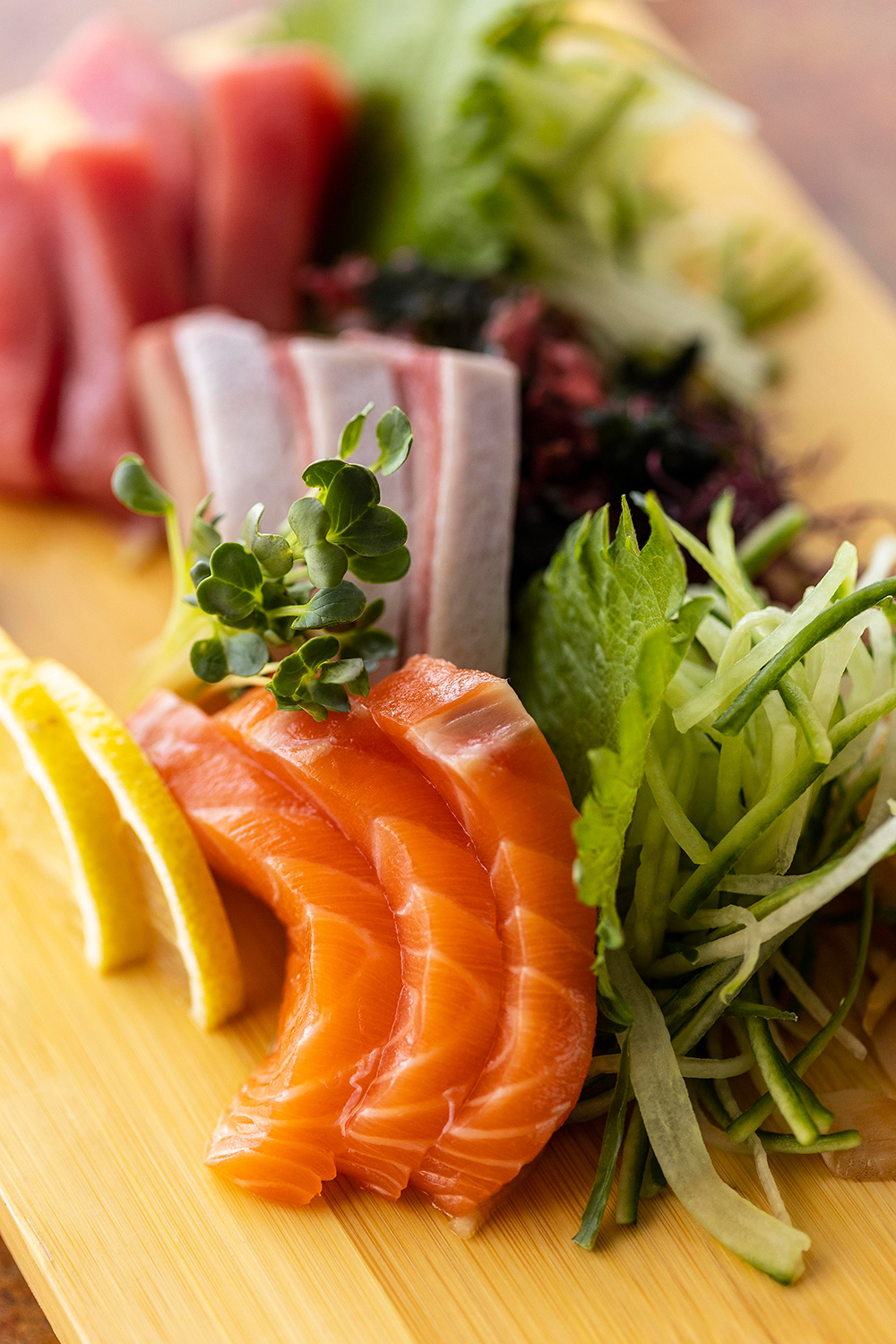
A simple, yet beautiful, plate of nigiri at Waraji.
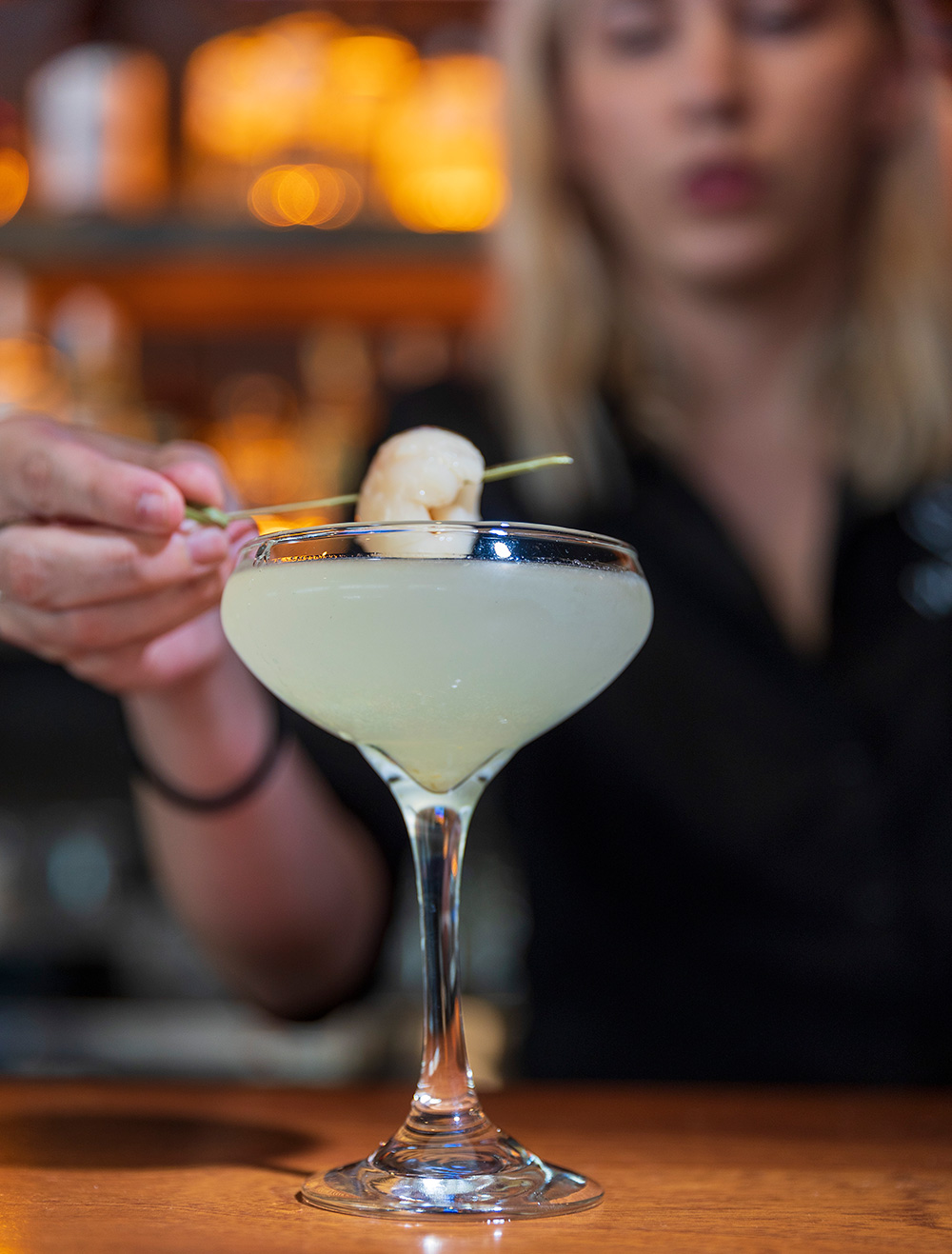
Nine Tail Fox cocktail at Waraji, with Haku Japanese vodka, Choya sake, ginger, and lychee juice.
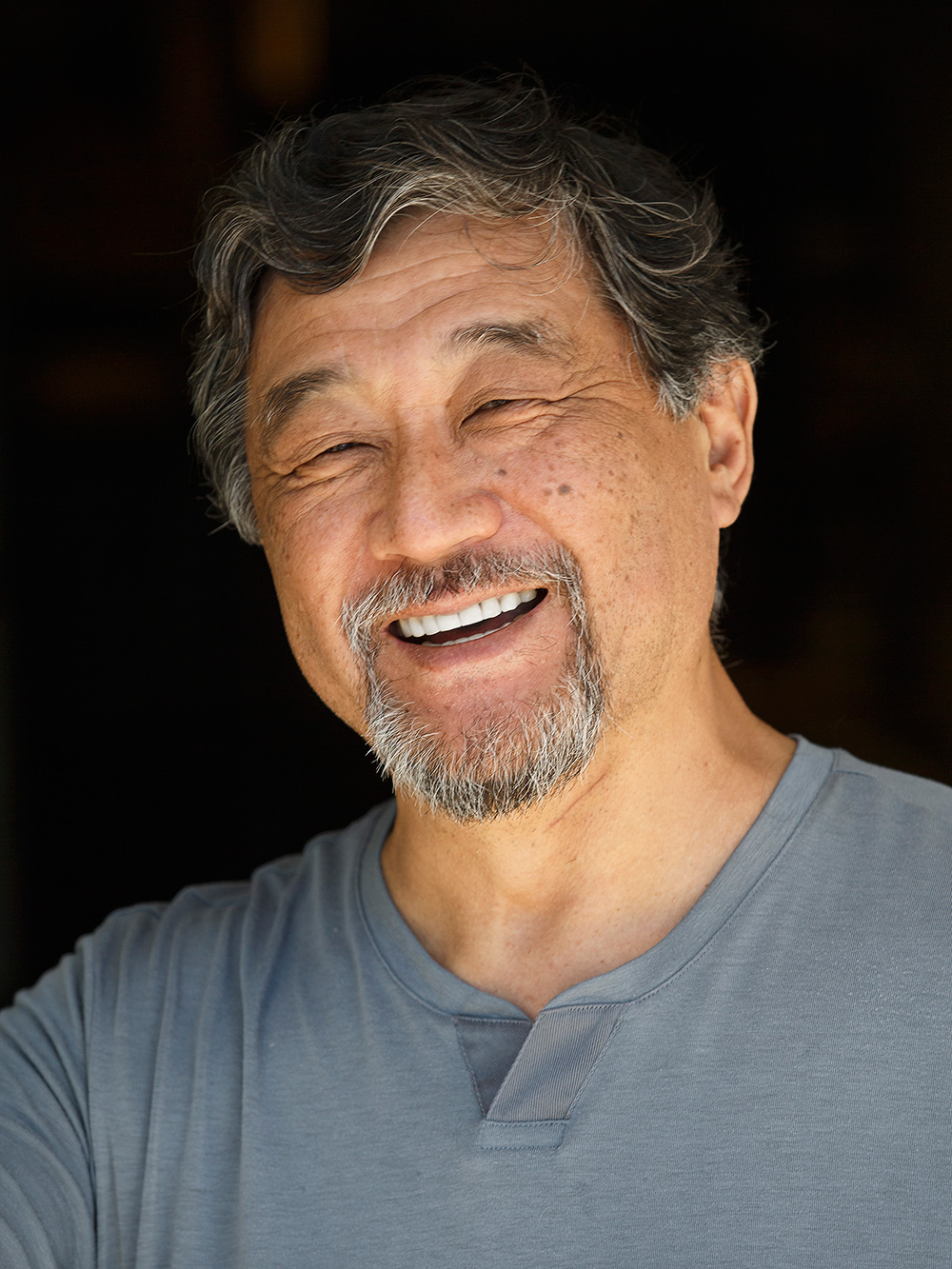
Masatoshi Tsujimura
After 24 years YEARS as the owner and chef at Waraji, Masatoshi Tsujimura has stepped down to enjoy retirement. He never publicly announced this change, and in our interview with him, his voice cracked and he teared up as he spoke of what the restaurant, and more importantly what his co-workers and guests have meant to him. We thought it only fair to give him the chance to say goodbye, so here, in his own words, is Chef Masa.
“I wanted to say thank you. All my career has not been built by me. [You] are the ones who made me who I am, with my wife’s support and my family’s support. My regular customers became my friends. My career was great, and that chapter is now done.”
Thank you, Chef Masa, and we hope you enjoy your well-earned retirement and some quality time at home with your family.
Sushi and Sake Guide: A Rundown of Our Top spots
If a night of sushi and sake is on the menu, this area has no shortage of restaurants. While this list doesn’t include every spot in Wake County, we pulled together the top 20 from our own tasty research, ratings, and reviews. Start perfecting those chopstick skills now!
Ajisai Japanese Fusion
427 Woodburn Road, Raleigh
ajisai3.com
Nestled in the Village District, this is a small, but very popular spot for those who live in the surrounding neighborhoods. Their social media regularly posts photos of the fresh fish that just arrived, which is a bonus for sushi aficionados.
Asuka Sushi Bar and Asian Bistro
2101 S. Main St., Wake Forest
asukajapanesenc.com
At this veteran-owned restaurant in the heart of Wake Forest, get a boat full of sushi or a sushi tower, along with an exotic Asian-inspired cocktail.
City Market Sushi
315 Blake St., Raleigh
citymarketsushi.net
Located along the quaint cobblestone streets of City Market, look for a nice selection of sushi, plus some special items like a panko scallop roll and green tea crème brûlée for dessert.
Hako Sushi
2603 Glenwood Ave. #155, Raleigh
hakosushinc.com
This cozy spot in Glenwood Village in a popular neighborhood go-to, but also worth a drive across town if you want a good selection of quality fish, nice cuts, and great service.
iPho Sushi Kitchen & Bar
4001 Widewaters Parkway, Knightdale
iphosushikitchenandbar.com
Pho, sushi, and cocktails combine here to make a delightful spot for those who live in the area and are looking for a regular local spot.
Kai Sushi & Sake Bar
7713 Lead Mine Road #11, Raleigh
kaisushisakebar.com
A combination of classic, traditional Asian dishes weaves with sushi, sashimi, and chirashi creations at this Greystone Village gem.
Kanki Japanese House of Steak and Sushi
1603 N. Market Drive, Raleigh and Crabtree Valley Mall
kanki.com
Known primarily for its teppanyaki grill style of cooking, Kanki boasts a solid sushi menu at both Raleigh locations, plus they were once home to the former and current owners of Waraji, which says a lot about their dedication to quality.
Oiso Sushi & Korean
1305 NW Maynard Road, Cary
oisosushi.com
This Cary spot gets rave reviews for its sushi and Korean bibimbap menu, plus they have bento boxes for those who like to try a little bit of everything.
O-Ku
411 W. Hargett St., Raleigh
o-kusushi.com
A beautiful restaurant in Raleigh’s Warehouse District, O-Ku is a sought-after spot for business dinners and for sushi lovers who want to step it up for the night. Super-fresh ingredients and a large sake selection will make for a special night out.
Sono
219 Fayetteville St. #101, Raleigh
sonoraleigh.com
With a hip downtown location and a topnotch chef with more than 20 years of experience, you can’t go wrong with anything at Sono. Sit at the sushi bar and have a chat with Chef Kim as he prepares some of the biggest and freshest cuts you’ll find in the Triangle. The Raw Raw with tuna, salmon, hamachi, jalapeño, cilantro, tobiko, daikon radish sprouts, cucumber, mustard ponzu, and Sriracha in a pickled daikon wrap is just the refreshing bite you’re looking for this summer.
Sushi Blues Café
301 Glenwood Ave., Raleigh
sushibluescafe.com
In the heart of Glenwood South, Sushi Blues has been a popular spot since it opened in 1999. As the name would suggest, there’s a nod both on their menu and their music selection to jazz, blues, and other music greats, plus there are drink specials every night of the week.
Sushi Mon
3800 Glenwood Ave. #100, Raleigh
sushimonraleigh.com
A small, intimate, and modern space many consider a hidden gem, they take an elevated approach to sushi with items like the Tuna Truffle Roll or the Lion King, a baked roll with pickled jalapeno, pickled raisins, crab, parmesan, cream cheese, mozzarella, Brussels sprouts, and rice crackers.
Sushi Nine
3812 Western Blvd., Raleigh
sushinine.com
Some may remember when Sushi Nine was completely lost to a fire in 2015, but they came back strong with quality sushi and more than 40 rolls, plus things like pho and a wide selection of curry dishes.
Sushi O Bistro & Sushi Bar
222 Glenwood Ave., #117, Raleigh
sushioraleighnc.com
When you not only have an appetite for sushi, but also other Asian cuisines like Chinese and Thai, this Glenwood South spot fits the bills. Look for their regular sushi and sake specials on social media.
Tanbo Ramen
211 S. Wilmington St., Raleigh
tonboramen.com
While there is no sushi on the menu, there is one heck of a selection of sake (about 35 choices), and you can even try them in flights if you have a hard time choosing just one.
The Cowfish Sushi Burger Bar
4208 Six Forks Road #100, Raleigh
thecowfish.com
“Burgushi” is a thing at Cowfish, where you can find burgers and sushi on the menu … or a combination of both, like the All-American Bacon Double CheeseBurgushi. It’s seasoned all-natural beef, yellow and white cheddar cheeses, applewood bacon, and red onion wrapped in soy paper and potato strings then flash fried. It’s topped with ketchup, mustard, dill pickle, and Roma tomato. Odd and delicious? You decide!
Waraji Japanese Restaurant
5910 Duraleigh Road, Raleigh
warajijapaneserestaurant.com
Waraji not only is a premier spot for some of the best sushi and freshest ingredients around, but they also have the largest sake selection in the Southeast. Visit and you’ll understand what all the fuss is about. Sit on mats at one of the tatami tables for a more authentic experience, and be sure to head next door to their new izakaya, a casual bar that has a menu of small plates and Japanese-inspired cocktails.
- Garden Adventurer: Strange Beauty: Turtleheads
- Celebrated Spirits: Crème de l’Orange Cider from Bull City Ciderworks
- Celebrated Spirits: Up in Smoke
- Small Business Spotlight: Raleigh Tea Company
- Pay it Forward: Meals She Eats
- Out & About in Wake County: July / August 2022
- Celebrating Local Food!
- Clayton: The Foodie’s Tour
- Restaurant Profile: Vidrio
- Chill Out
- The Art of Sushi
